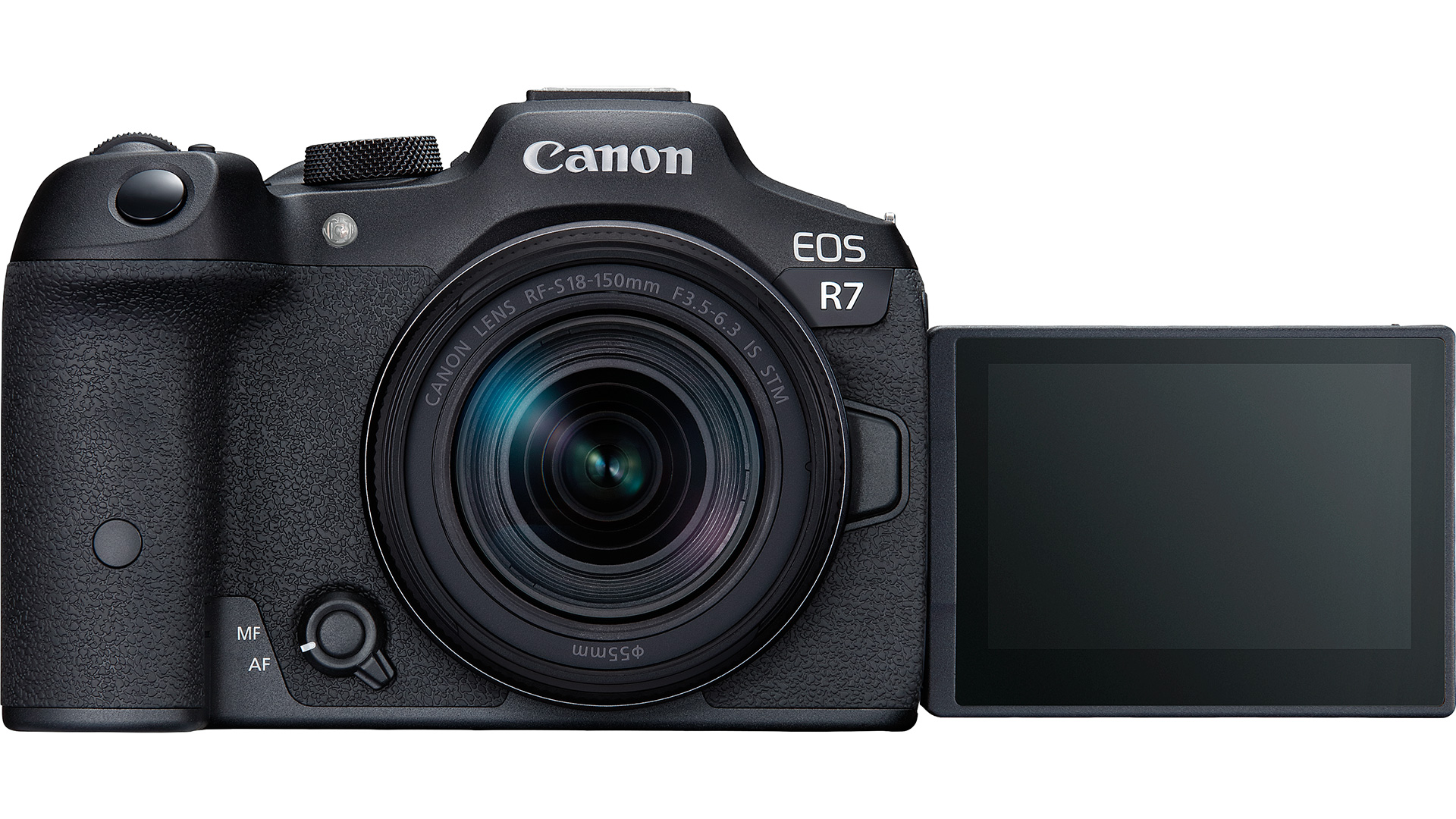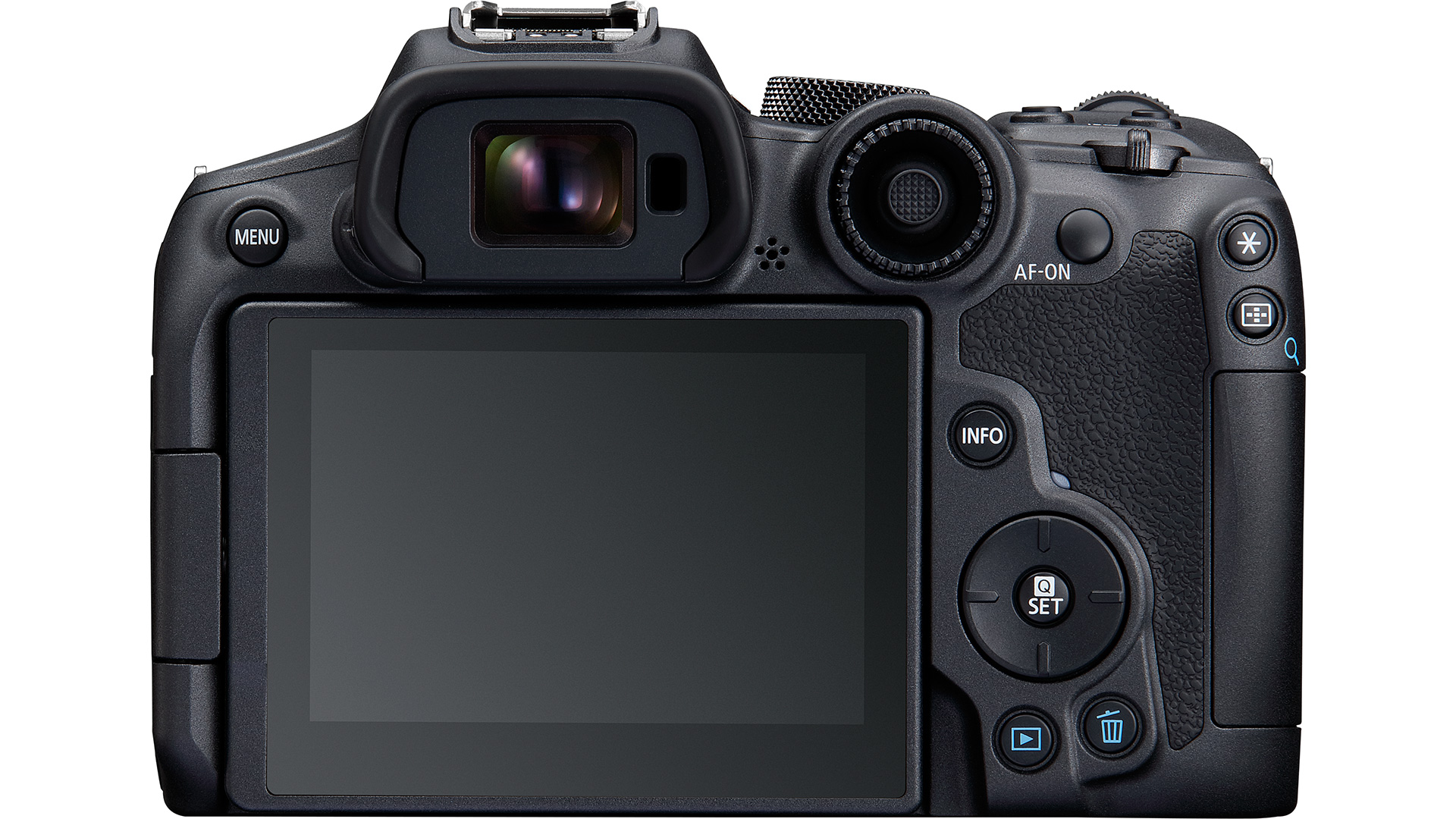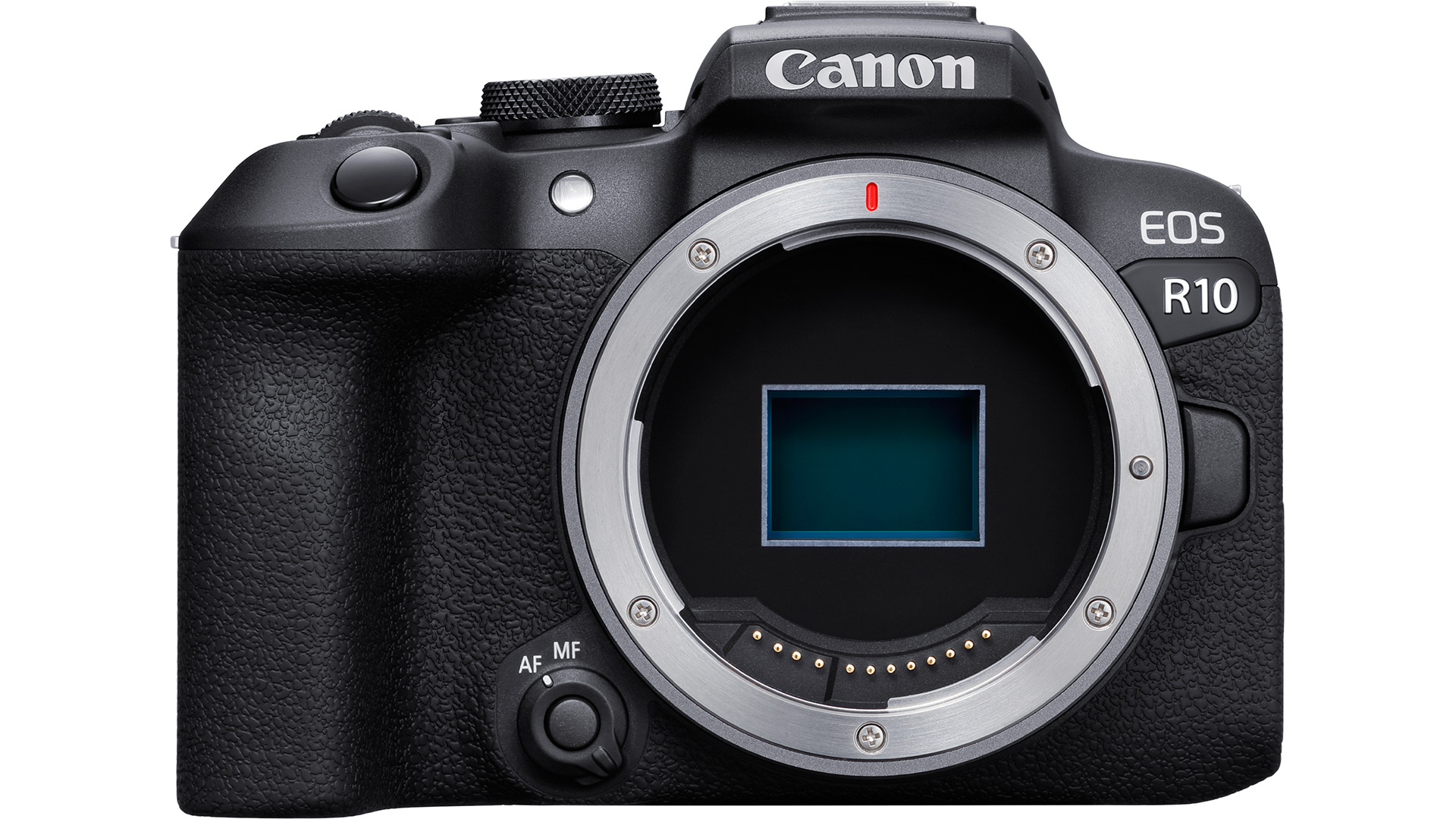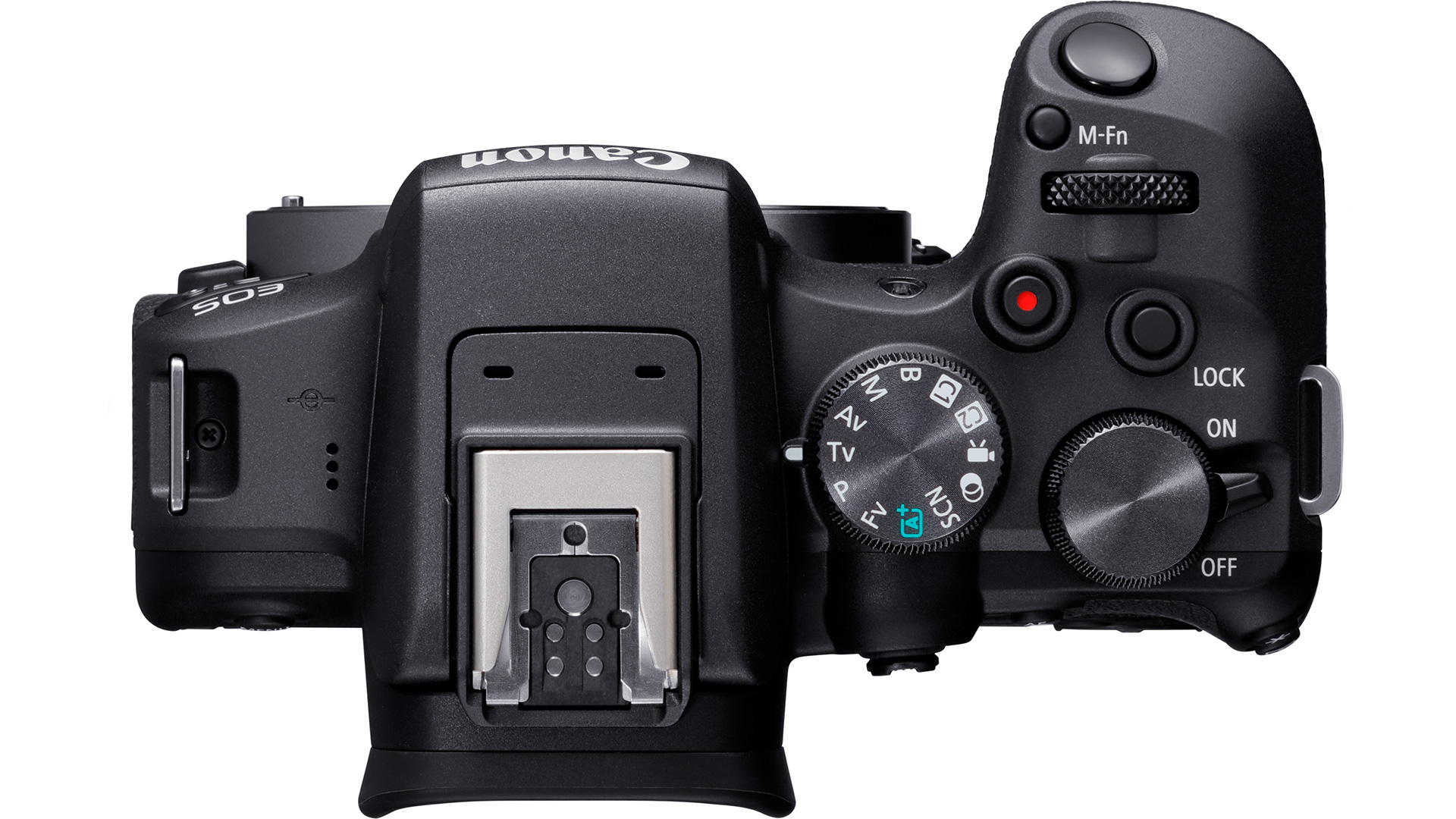Earlier today Canon introduced two new R mount cameras – the Canon EOS R7 and EOS R10 with brand new APS-C sensors alongside two new zoom kit lenses.
DSLR: The beginng of the end
Canon was the only major manufacturer to still have an extensive APS-C DSLR line available in 2022 (Nikon stopped producing most if not all of its APS-C DSLR cameras last year). With the introduction of the R7 and R10 Canon is basically saying goodbye to its APS-C DSLR line but also to its old mirrorless M line which was never extremely successful (Canon never seem to really commit to this line and it had a pretty limited lens line compared to the company’s APS-C DSLR line).
It is clear that things will not happen in one day, but we dare guess that by the end of 2023 (and maybe even well before) Canon will only sell R mount cameras and lenses – and that is a big step for the company which relayed on DSLR for the majority of its sales for almost 2 decades.
The new EOS R7
EOS R10 and EOS R7 – differences and similarities
Now we can move over and have a better look at the two new cameras announced today. The two cameras have a few things in common (especially in the external design and menus) but for the most part, the R10 is a fairly typical Canon an entry-level camera while the R7 is a more advanced APS-C option reminiscent of the EOS 7D II in many respects but of course with much more modern technology.
Let’s start with some key differences. The R10 has a new 24MP APS-C sensor with up to 15fps with a mechanical shutter while the R7 has a higher resolution 32MP sensor with up to 30fps with an electronic shutter.
The back of the new R7
There are more differences when it comes to video. While both cameras shoot up to 4K 60p at 10bit, the R7 does this without an extra crop and with support for C-Log 3.
When it comes to viewing both cameras have the same 2.36 million dot OLED EVF but the R7 has a higher 1.6 million dot 3″ articulated touch LCD while the R10 has only 1 million dot screen.
The body of the two cameras also has some important differences. The R7 is bigger with a deeper grip and a rear top dial which is a first for Canon (the R10 has a more conventional design).
Both cameras support SD UHS-II cards but the R7 has two slots while the R10 has only one. The R7 also has a built-in IBIS for up to 8 stops of stabilization (the R10 uses only optical stabilization).
The R10 with its APS-C sensor
The R7 also takes some advanced AF capabilities (especially tracking) from the high-end R3 camera with lots of user customization.
When it comes to battery, both cameras use the very common LP-E6NH battery but the R7 can get up to 770 images compared to 430 images of the R10. One last important difference – while both cameras share most of the connections including USB-C, HDMI (micro), and a 3.5mm mic jack – only the R7 has a mic jack.
The top of the R10
New APS-C RF-S lenses
Canon also announced two new APS-C zoom kit lenses for the R mount:
RF-S 18–45mm F4.5–6.3 – a small simple lens with 7 elements in 7 groups, 49mm filter, including an optical stabilizer (stops), and a stepping motor with a weight of 130g.
RF-S 18–150mm F3.5–6.3 – A larger more advanced and longer zoom lens with 17 elements in 13 groups, a min focus distance of 17cm and an STM motor and 55mm filter, and a weight of 310 grams.
EOS R10 and EOS R7 main specs
EOS R7 main specs
Here are the main specs for the R7:
- A new 32.5MP Dual Pixel CMOS sensor.
- Up to between 7-8 stops of hybrid stabilization (both in-camera and in the lens – depending on the lens).
- Up to 4K 60p video (no crop), with 10-bit 4:2:2 C-log.
- Dual Pixel II AF system with human, animal, and vehicle detection.
- Up to 15 fps mechanical shutter and 30 fps with an electronic shutter.
- 2.36M-dot OLED EVF.
- 1.6M-dot fully articulating touchscreen.
- 10-bit HDR stills images in HEIF format.
- 2x UHS-II SD slot.
- Advanced weather-sealing.
- 2.4/5Ghz Wi-FI with Bluetooth, USB-C, 3.5mm headphone and mic jacks, and mico HDMI.
- CIPA rated up to 770 shots (CIPA numbers).
- Weight – 612g.
EOD R10 main specs
Here are the main specs for the R10:
- A new 24.2MP Dual Pixel CMOS sensor.
- Lens-based optical image stabilization (lens dependents).
- Up to 4K 60p video (with crop), with 10-bit 4:2:2 but without C-log support.
- Dual Pixel II AF system.
- Up to 15 fps mechanical shutter.
- 2.36M-dot OLED EVF.
- 1.04M-dot fully articulating touchscreen.
- 10-bit HDR stills images in HEIF format.
- 1x UHS-II SD slot.
- 2.4/5Ghz Wi-FI with Bluetooth, USB-C, 3.5mm mic jack, and mico HDMI.
- CIPA rated up to 430 shots (CIPA numbers).
- Weight – 429g.
Pricing and availability
Canon disclosed the pricing of all 4 products:
- Canon EOS R7 Mirrorless Camera (body only) – $1500.
- Canon EOS R7 Mirrorless Camera with 18-150mm Lens – $1900.
- Canon EOS R10 Mirrorless Camera (body only) – $980.
- Canon EOS R10 Mirrorless Camera with 18-45mm Lens – $1100.
- Canon EOS R10 Mirrorless Camera with 18-150mm Lens – $1380.
The lenses will also be sold separately:
- Canon RF-S 18-45mm f/4.5-6.3 IS STM Lens – $300.
- Canon RF-S 18-150mm f/3.5-6.3 IS STM Lens – $480.
Availability on the other hand is a more delicate subject and the company was only willing to say that the cameras and lenses will be available by the end of 2022. You can however pre-order them from B&H.
Hands-on and reviews from across the web
Chris and Jordan from DPR with the R10/R7

Gordon Laing with the Canon R10

Gordon Laing with the Canon R7

Gordon Laing with the Canon RF-S 18-150mm

Gordon Laing with the Canon RF S 18-45mm

Manny Ortiz with the R7 and R10 from Canon

Dan Watson with the R7

If you don’t want to miss any new photography-related products be sure to check out our product photography section on our photo gear channel.

You can support LensVid by shopping with our affiliate partners
Affiliates: Amazon, B&H, Adorama and E-bay.
Why should you trust us?


